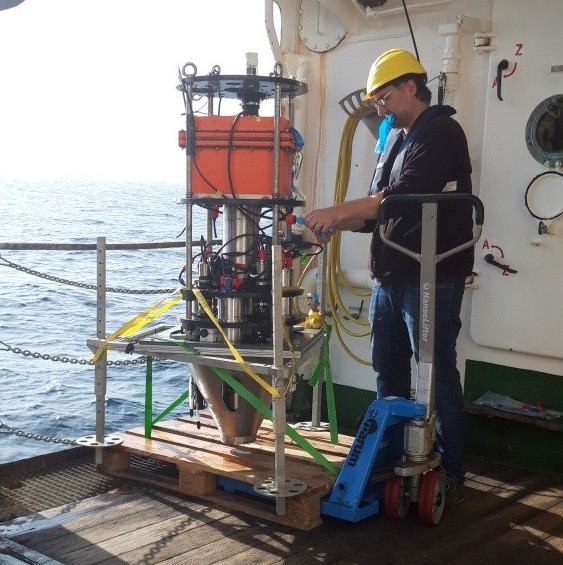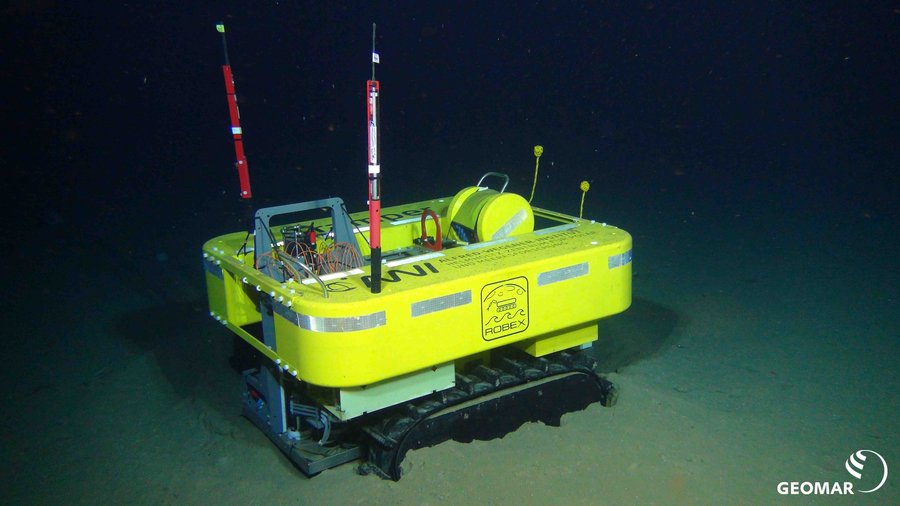Under Water
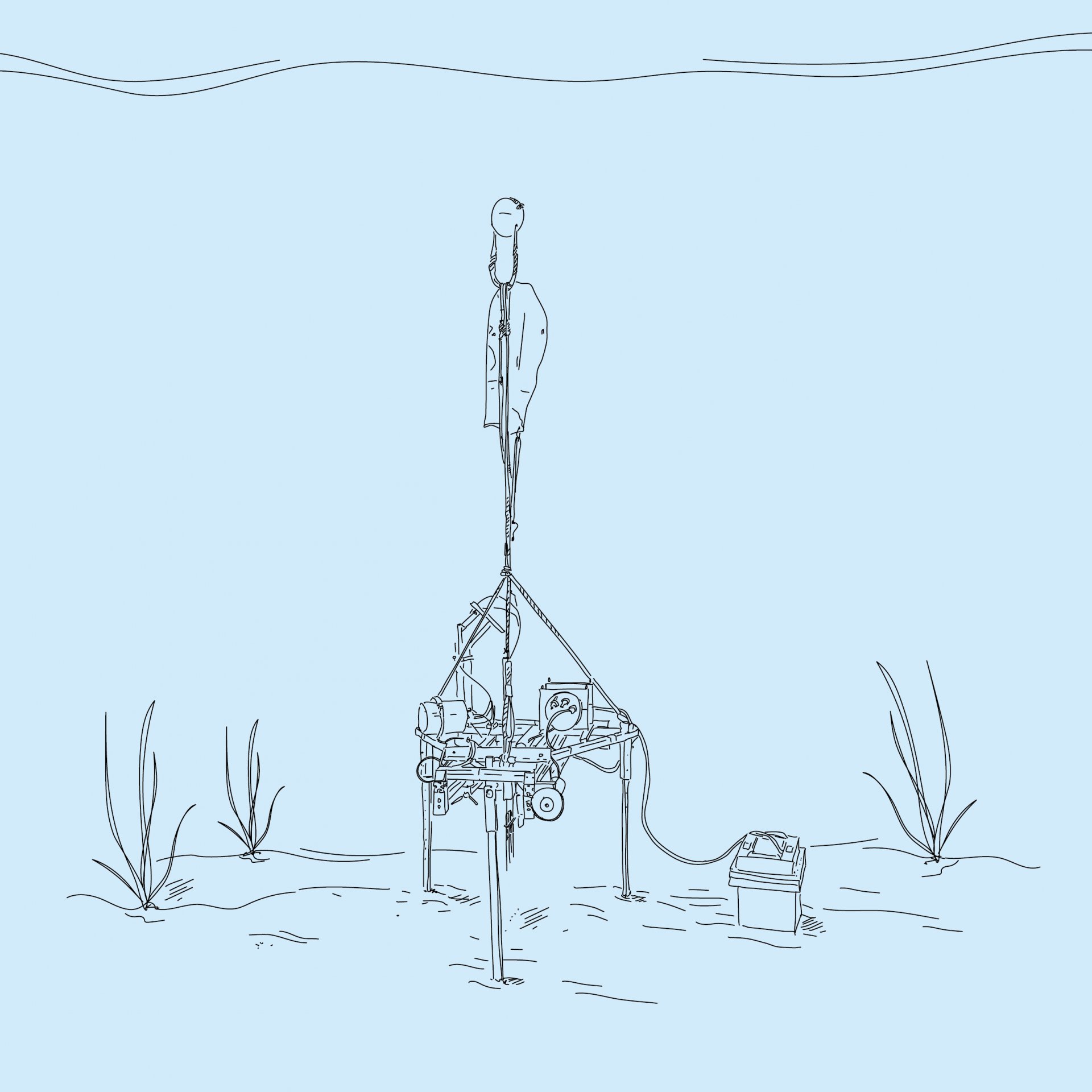
Research in the sea places high demands on technology. Salty water and cold temperatures as well as darkness and pressure with increasing depth are challenges that must be overcome in order to obtain reliable data. For this, the Max Planck Institute for Marine Microbiology has various devices – some of which it developed itself – that can be used to undertake these complex tasks.
Microprofiler
The microprofiler is built for use on the seafloor. There, the device measures the geochemistry of the water and the seafloor. For example, the concentration of oxygen, sulphur, or calcium. It also measures parameters such as the pH value and the temperature. The microprofiler collects data via microsensors that it carefully inserts into the seafloor. The device works non-invasively and does not take water or floor samples. More…
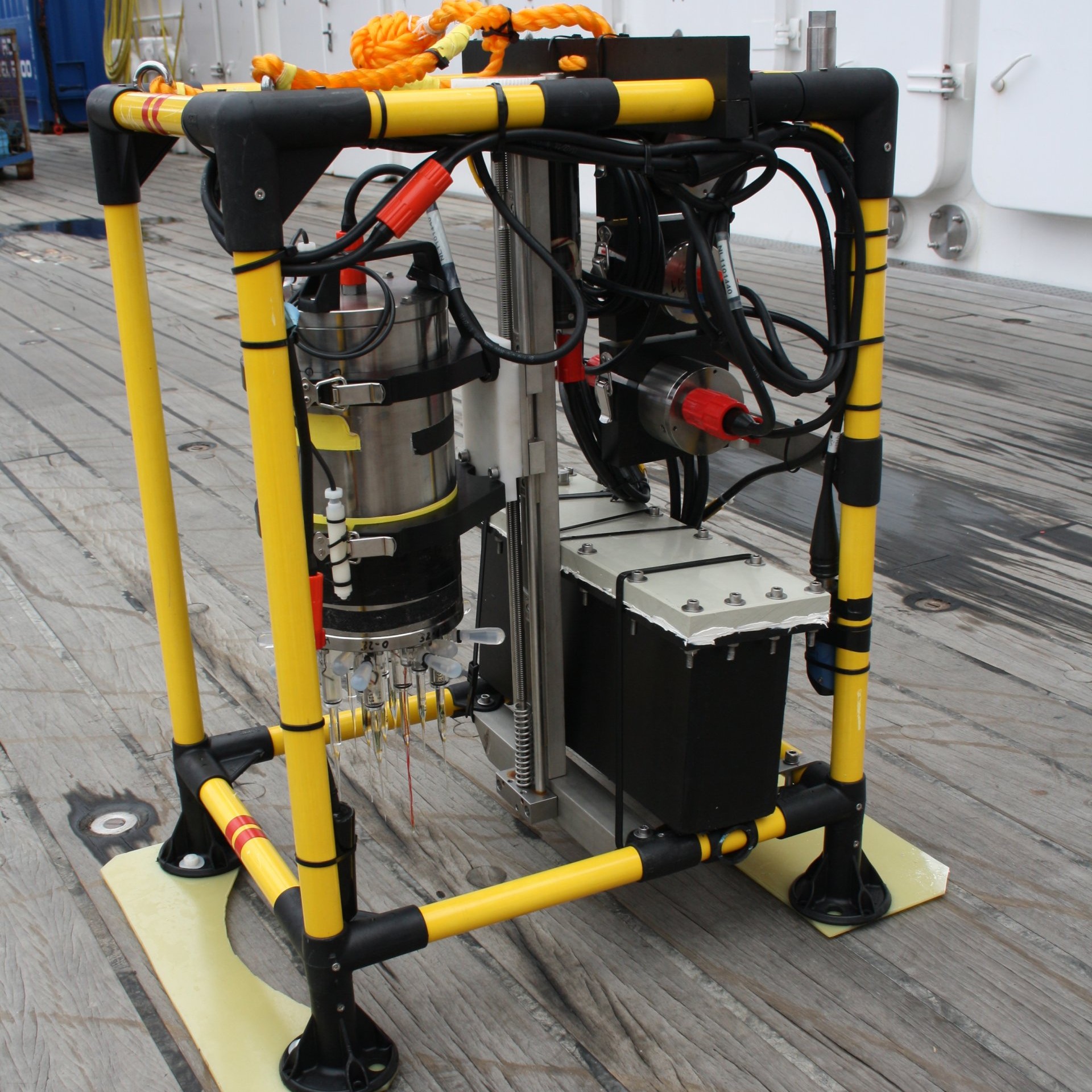
Benthic chambers
On the seafloor, the interface between floor and water is one of the most important transition areas for the exchange of dissolved substances. A benthic chamber allows on-site measurements of the exchange rates (e.g. of oxygen, methane, and nutrients) between the floor and the water column. More…

Autonomous crawler type vehicle Tramper
Deep-sea crawlers are remote-controlled crawler type vehicles intended for use in the deep sea. These are carrier vehicles to which various devices or sensor systems (e.g. the microprofiler) can be attached. Crawlers are used for long-term observations and measurements on the seafloor and can be operated maintenance-free for up to one year. For the Max Planck Institute for Marine Microbiology, the Tramper crawler is particularly relevant. The control of the measuring electronics and the data collection of the Tramper are based on developments of the local electronics workshop. Over 12 months, the development engineers were busy building this complicated system in collaboration with colleagues from the AWI team. The benthic chambers are mainly used by the HGF MPG joint research group for deep-sea ecology and technology.
Lance-A-Lot
Lance-A-Lot is an benthic observatory that operates autonomously and performs a series of complex tasks. The system was developed to understand the dynamic interaction of bottom water currents, sediment transport and benthic exchange processes. More...

Benthic Lander Systems
A lander is an unmanned research device which is used in marine research. Lander are mostly autonomous carrier systems. Attached to them is various research equipment and their task is to bring these devices to the research area on the seafloor and also back up again. More...
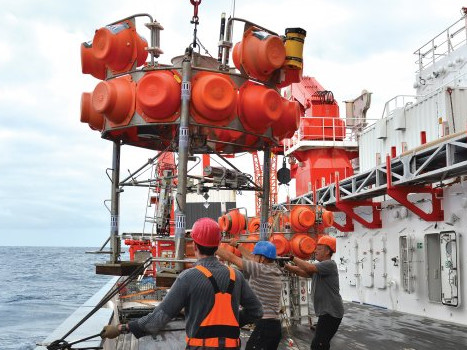
Deep Water Incubator
The idea behind this device is the in situ incubation of isotope-labeled substrates in the meso- and bathypelagic ocean instead of conducting incubations on deck of a ship. The approach could help to minimize decompression artifacts during incubation and thereby leading to overestimated turn-over rates of carbon and nitrogen compounds. More...
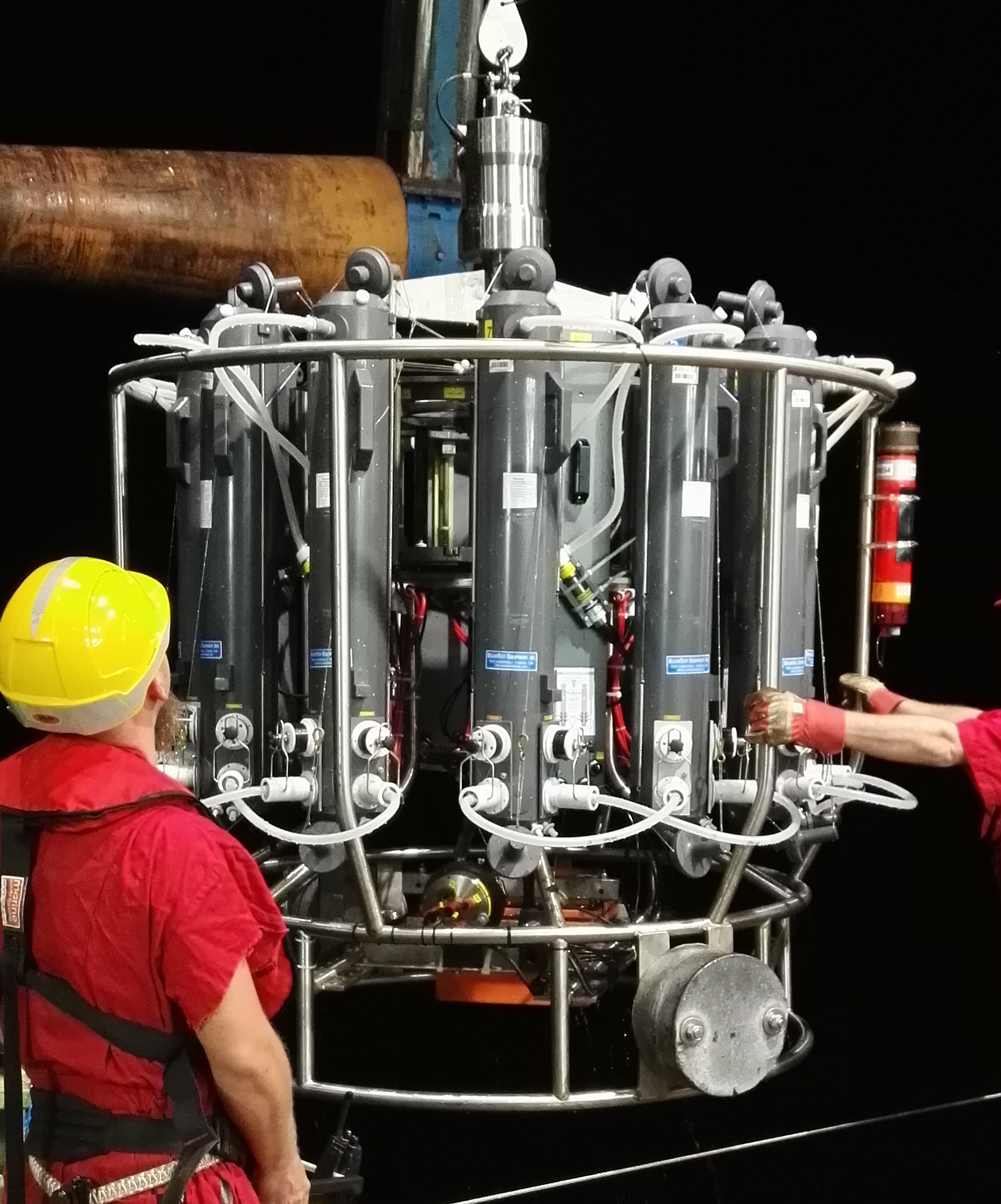
PumpCTD
The central element is a CTD probe, as it is also known from water sampling rosettes, which are standard on the research vessels. The name CTD comes from Conductivity Temperature Depth. The special feature, however, is a pump that can pump up to 2.5 liters of water per minute from water depths of up to 300 meters to the deck of the research vessel for over an hour. We developed this device ourselves at the institute.
